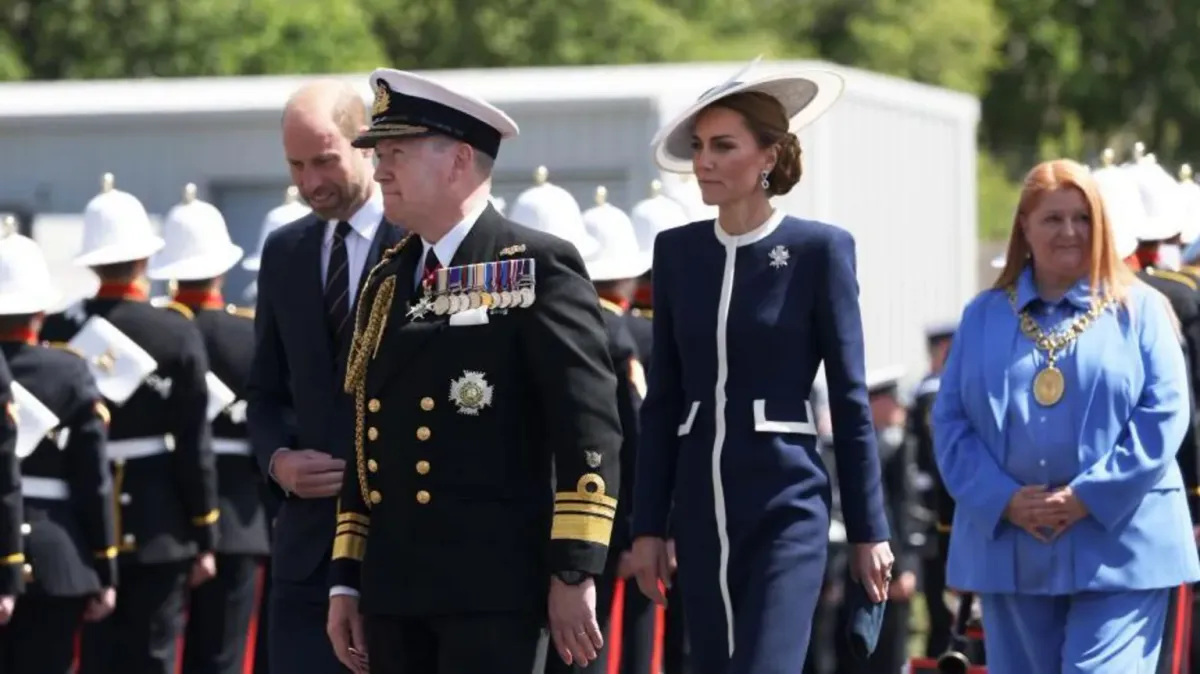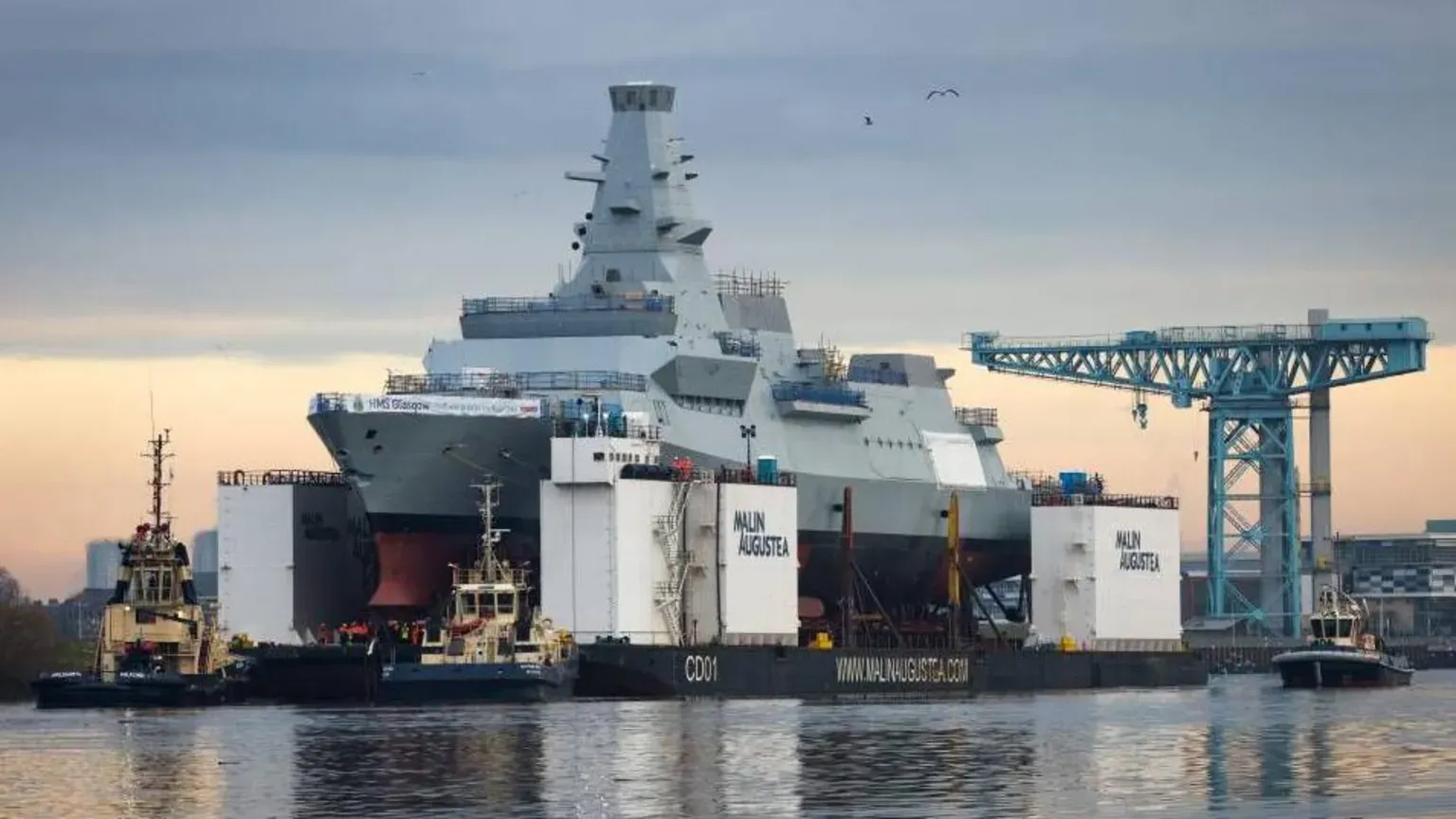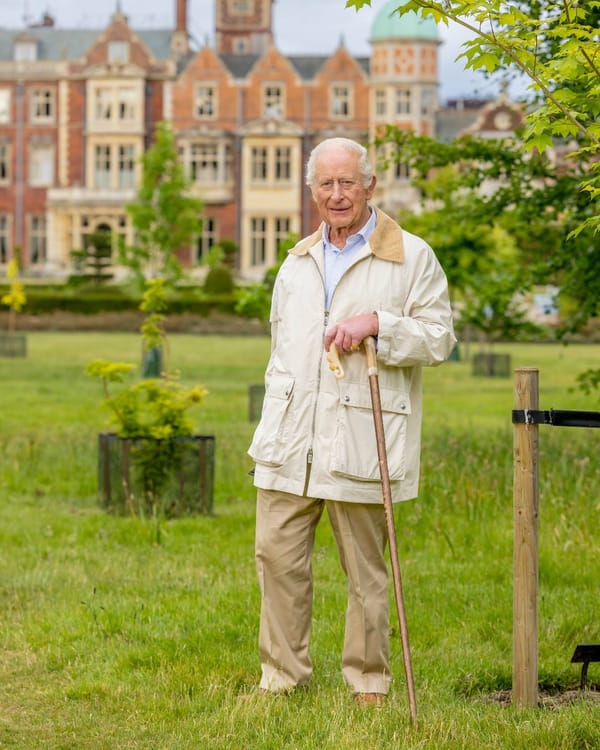Princess of Wales Christens HMS Glasgow in Historic Naval Ceremony

The River Clyde witnessed a momentous naval tradition yesterday as the Princess of Wales, also known as the Duchess of Rothesay while in Scotland, formally christened HMS Glasgow, marking a pivotal milestone in Britain's maritime defense capabilities.
A Royal Touch to Naval Heritage
Standing alongside Prince William at BAE Systems' Scotstoun facility, the Princess of Wales upheld centuries of maritime custom by breaking a bottle of Scottish whisky against the vessel's hull. Her ceremonial words echoed across the shipyard: "I name this ship Glasgow. May God bless her and all who serve in her."
The ceremony represented far more than tradition—it celebrated the launch of Britain's most advanced anti-submarine warfare platform and the first in a new generation of eight Type 26 frigates that will serve as the backbone of the Royal Navy's future fleet.
Engineering Marvel on the Clyde
HMS Glasgow's journey began in 2017 when her keel was first laid at BAE's Govan facility. The 492-foot warship represents a technological leap forward, designed specifically for hunting submarines while protecting Britain's most valuable naval assets, including aircraft carriers and nuclear deterrent submarines.
Unlike the dramatic slipway launches of yesteryear, HMS Glasgow entered the water through BAE's modern "float off" technique—a controlled process that allows ships to launch in a more complete state. This method has replaced the traditional dynamic launches that once characterized Clyde shipbuilding.
Squadron of Steel

HMS Glasgow leads a distinguished lineup of city-named vessels: Cardiff, Belfast, Birmingham, Sheffield, Newcastle, Edinburgh, and London. Each represents a £1.2 billion investment in naval supremacy, with HMS Cardiff already following her sister ship into the water last August.
The 161-strong crew of HMS Glasgow will operate what Vice Admiral Sir Martin Connell describes as a "pure-bred Anti-Submarine Warfare platform, setting the standard for naval warfare." These ships are engineered to serve through the 2060s, ensuring Britain's naval dominance for decades to come.
Royal Recognition
For the Duke and Duchess of Rothesay—as William and Catherine are known in Scotland—this marked their second Scottish engagement in recent weeks, following their wedding anniversary celebration on the Isle of Mull. The couple's presence underscored the strategic importance of these vessels to national security.
The ceremony featured a spectacular flypast by an RAF Poseidon aircraft from CXX Squadron, HMS Glasgow's affiliated air unit, while hundreds of shipyard workers and naval personnel witnessed this historic moment.
Industrial Renaissance
BAE Systems managing director Simon Lister emphasized the ceremony's significance for both Glasgow's industrial heritage and Britain's naval future. The Type 26 program represents thousands of skilled jobs and positions the Clyde as a center of excellence for warship construction.
With HMS Belfast, HMS Birmingham, and HMS Sheffield already under construction, the program demonstrates Britain's commitment to maintaining naval superiority in an increasingly complex global security environment.
The first of these cutting-edge frigates will join the fleet in 2028, with the final vessel completing by the mid-2030s, ensuring the Royal Navy remains at the forefront of maritime warfare for generations to come.




